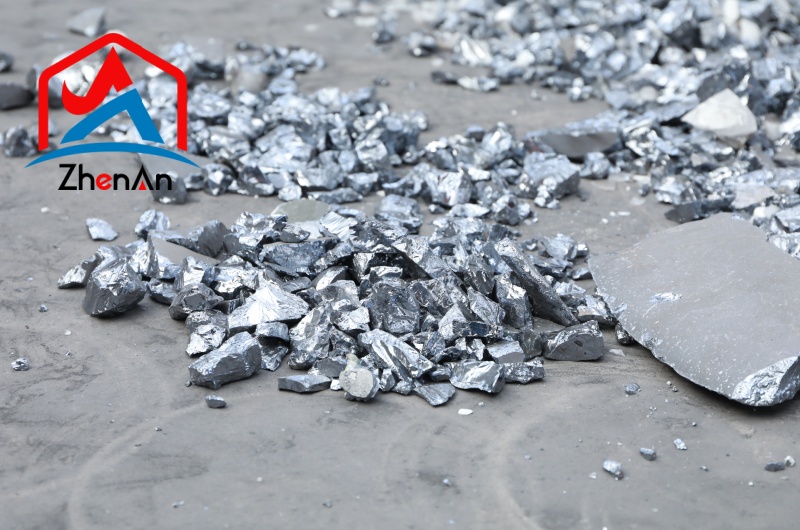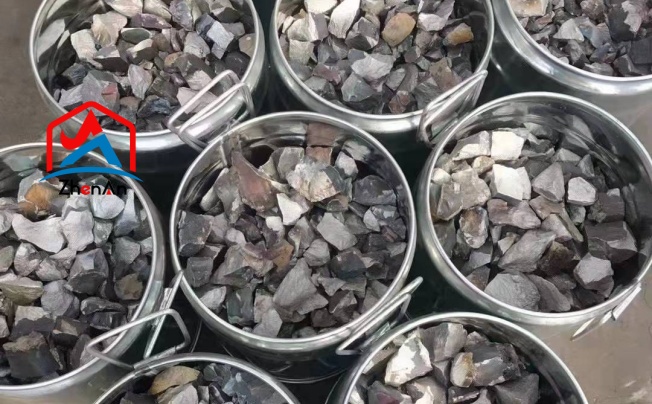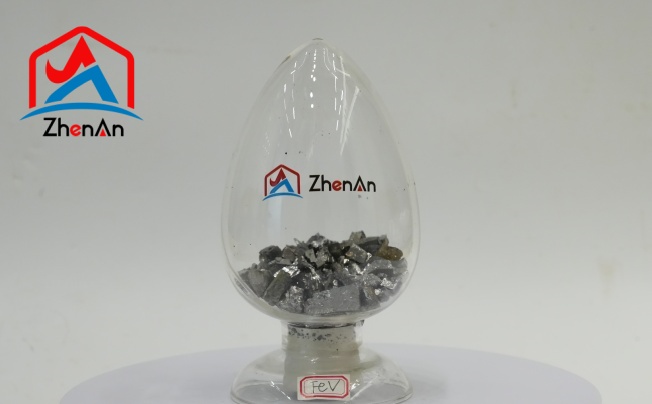BY  GENN
GENN
2024/09
Blog
Why Do Humans Need Silicon?
Amidst the intricate tapestry of human existence, one element stands out as a silent yet indispensable ally – silicon. Revered for its versatility and ubiquity, silicon plays a pivotal role in shaping various facets of human life.
Understanding Silicon
Definition and Properties
Silicon, with the atomic number 14 and symbol Si, is a chemical element that belongs to group 14 of the periodic table. It is a metalloid with both metal and non-metal properties. Silicon is renowned for its semiconductor capabilities, making it an essential component in modern electronics.
This versatile element exhibits a crystalline structure, forming tetrahedral bonds with four neighboring atoms. Its unique properties allow for efficient electron flow, crucial for technological advancements.
The properties of silicon make it an invaluable material in various industries. Silicon boasts high thermal conductivity and low electrical resistance, making it ideal for microelectronics.
Its semi-conductive nature enables the fabrication of transistors and diodes essential in electronic devices like smartphones and computers. Furthermore, silicon’s abundance in nature coupled with its stable chemical structure renders it cost-effective and environmentally friendly compared to other semiconductor materials.
Distribution on Earth
Silicon is the second most abundant element in the Earth’s crust after oxygen, composing approximately 27% of its mass by weight. It occurs predominantly as silicon dioxide (SiO2) in minerals such as quartz and silica sand. The presence of silicon extends beyond terrestrial realms; it is found in meteorites and interstellar dust grains, indicating its ubiquity in the cosmos.
The distribution of silicon plays a pivotal role in shaping Earth’s geology and ecosystem. Silicon contributes to soil composition through weathering processes that release soluble silicate ions vital for plant growth.
Diatoms, microscopic algae encased in silica shells known as frustules, are crucial marine organisms that sequester carbon dioxide from the atmosphere while cycling silicon within aquatic ecosystems. The global silicon cycle underscores the interconnectedness between geological processes and biological systems on our planet.
Silicon in the Human Body
The Role of Silicon in Human Biology and Physiology
Silicon, often referred to as the “forgotten mineral,” plays a crucial role in various biological processes within the human body. Despite being abundant in nature, its significance for human health is often overlooked.
Silicon is involved in the formation and maintenance of connective tissues, providing structural integrity to organs and systems. This essential mineral acts as a co-factor for enzymes that are responsible for synthesizing collagen and elastin, which are vital proteins for skin elasticity and tissue repair.
Importance for Bone Health and Formation
Silicon is a key player in maintaining optimal bone health and promoting bone formation. It aids in the mineralization process by assisting with the deposition of calcium and other minerals into the bone matrix, thus increasing bone density.
Studies have shown that silicon supplementation can stimulate osteoblast activity, which are cells responsible for bone formation. By enhancing collagen production in bones, silicon contributes to their flexibility and resilience, reducing the risk of fractures and osteoporosis.
Contribution to Connective Tissues, such as Tendons and Ligaments
Connective tissues like tendons and ligaments rely on silicon for their strength and elasticity. Silicon helps cross-link collagen fibers within these tissues, providing support and flexibility to joints and enabling smooth movement.
By maintaining proper silicon levels, individuals can prevent injuries related to tendons or ligaments while also supporting optimal joint function. This essential mineral ensures that connective tissues remain robust yet flexible, allowing for efficient mobility without compromising structural stability.
Silicon‘s Impact on Human Health
Promotion of Collagen Synthesis for Healthy Skin Elasticity
Silicon plays a crucial role in maintaining healthy and youthful skin. One of its key benefits is its involvement in the synthesis of collagen, a protein that provides structural support to the skin. Collagen fibers, made up of amino acids, are responsible for maintaining the elasticity and firmness of the skin.
Silicon acts as a cofactor for enzymes involved in collagen production, ensuring its proper formation and function. When silicon levels are optimal, collagen fibers form a strong and organized network that prevents wrinkles, fine lines, and sagging skin.
Additionally, silicon helps to increase the water-binding capacity of collagen molecules, promoting hydration within the skin layers. Adequate dietary silicon intake is therefore essential to support collagen synthesis and maintain healthy skin elasticity.
Enhancement of Joint Flexibility and Prevention of Arthritis
Silicon’s impact on joint health extends beyond its influence on collagen synthesis. Studies suggest that silicon contributes to the development and maintenance of cartilage—the flexible tissue that cushions joints—and may help prevent conditions such as arthritis.
Silicon enhances chondrocyte function—the cells responsible for producing cartilage components—by promoting their proliferation and boosting extracellular matrix synthesis. This leads to improved joint flexibility and reduced stiffness.
Moreover, silicon aids in inhibiting enzymes that break down cartilage tissue, thus protecting against degenerative joint diseases like osteoarthritis. By incorporating silicon-rich foods into your diet or considering dietary supplements if necessary, you can provide your joints with the necessary building blocks for maintaining their health and preventing age-related deterioration.
Support for Cardiovascular Health by Strengthening Blood Vessels
Another noteworthy benefit of dietary silicon intake is its positive impact on cardiovascular health. Silicon actively contributes to strengthening blood vessels by enhancing their structural integrity.
The mineral aids in synthesizing elastin—the protein responsible for conferring elasticity to blood vessels—which allows them to expand and contract efficiently with each heartbeat without losing strength or flexibility. Furthermore, silicon promotes the deposition of calcium within arterial walls while inhibiting calcification in places where it shouldn’t occur (like within blood vessels).
By maintaining strong blood vessels through adequate silicon intake from natural sources like fruits, vegetables, or whole grains rich in this mineral—individuals can reduce their risk factors associated with cardiovascular diseases such as hypertension or atherosclerosis. Overall, understanding these health benefits underscores why humans need an appropriate intake of silicon through their diet—an essential mineral contributing not only to external beauty but also internal well-being by supporting numerous physiological processes critical for human health maintenance.
Environmental Impact
Unveiling the Ecological Concerns
When exploring the topic of silicon, it is crucial to also understand the potential environmental implications associated with its extraction. Mining practices play a significant role in both the immediate and long-term impact on the ecosystem. The extraction of silicon involves various processes, such as open-pit mining or underground mining, which can lead to significant disturbances in natural landscapes.
These activities often require deforestation, soil disruption, and habitat destruction. Additionally, silicon mining can result in the release of pollutants into the air, water sources, and soil.
Mining Practices: Unraveling Their Impact
Mining for silicon requires considerable amounts of energy and water consumption. The energy-intensive processes involved in extracting silicon from raw materials contribute to carbon emissions and may exacerbate climate change concerns.
Furthermore, the extraction process generates waste materials that need proper management to prevent harm to surrounding ecosystems. Proper disposal methods are necessary to contain potentially harmful byproducts and prevent their release into nearby ecosystems.
Silicon mining can also have indirect consequences on biodiversity. The disruption caused by mining activities can displace wildlife species from their habitats, leading to disturbances in local ecosystems and potentially contributing towards species decline or even extinction.












